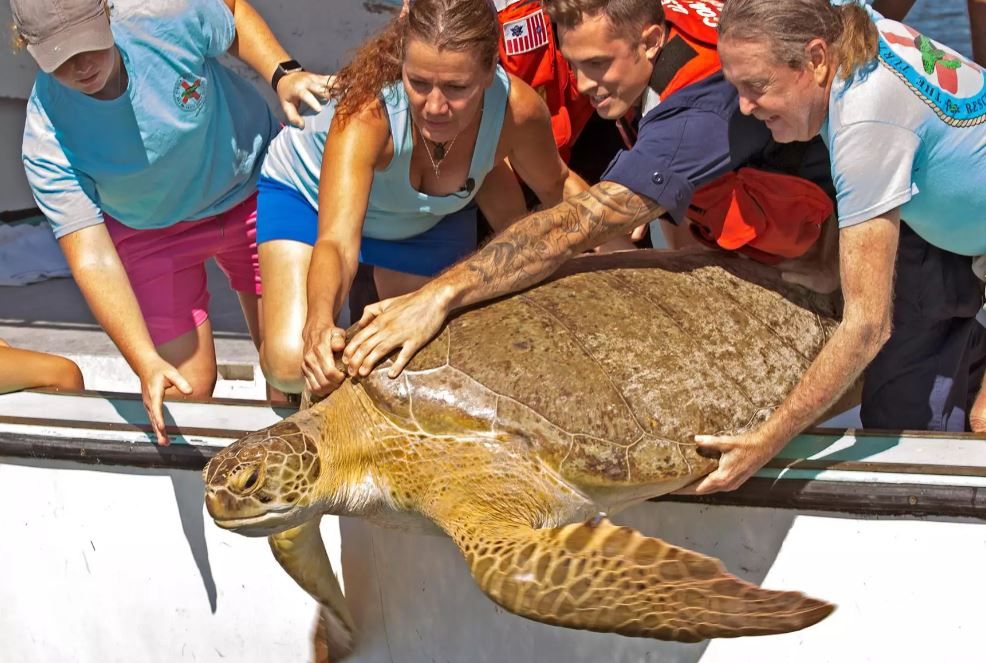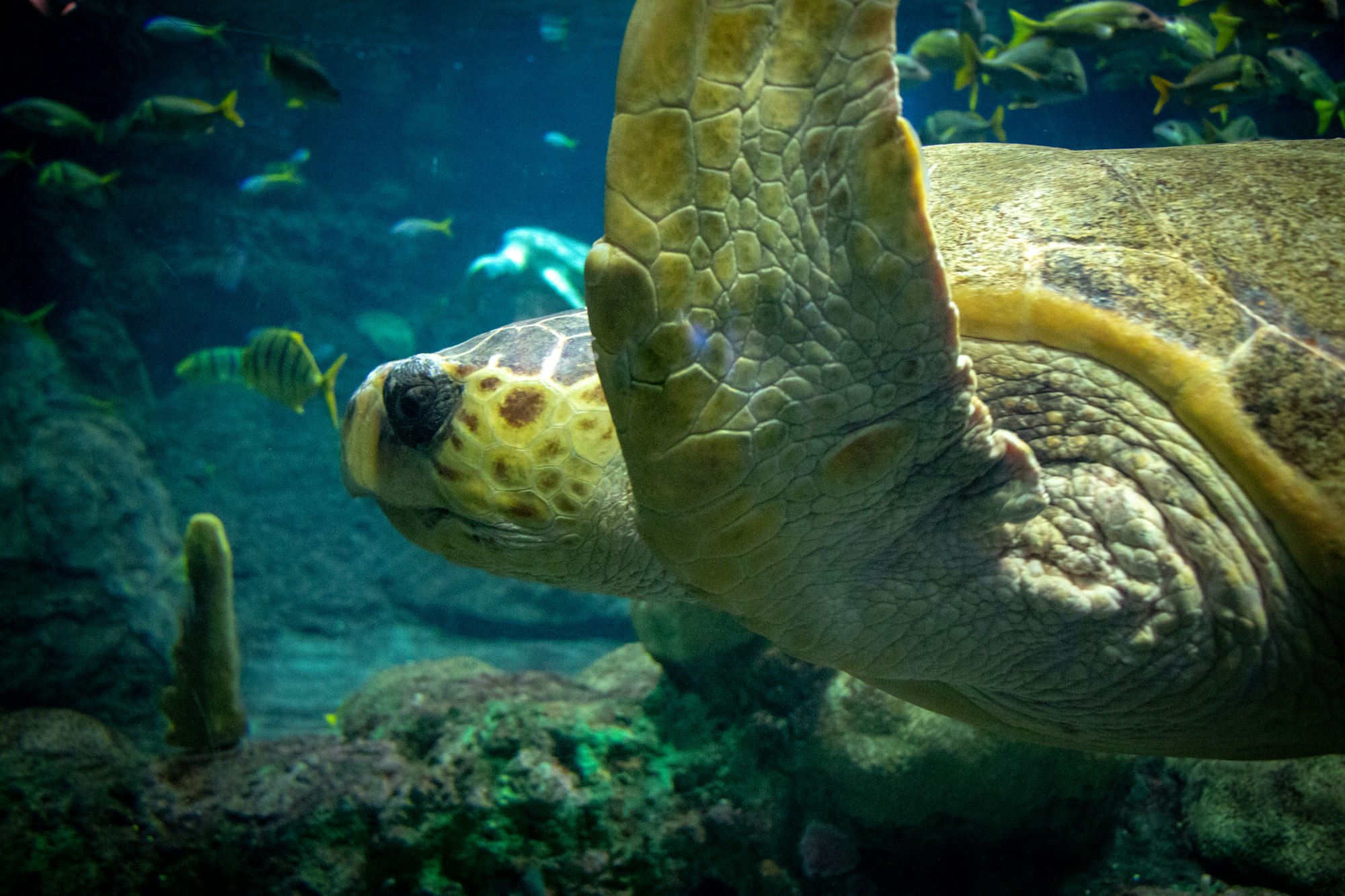Green Sea Turtles

Green sea turtles are one of the world’s largest species of turtle, weighing around 65-130kg and measuring between 1-1.2m long. They have a strong, tear-drop shape shell, called a ‘carapace’, which covers most of their body, except for their head and four flippers. Their carapace can include shades of different colours, including dark brown, green, olive, yellow and black.
These turtles can be found along the coastline of more than 80 countries around the world, the largest nesting populations are found in Costa Rica and Australia, along the north west coast.1
While I was travelling along the north west coast of Australia recently, I saw a few of these beautiful turtles, while cruising in clear pristine waters and wanted to learn more about these fascinating creatures.
After about the age of 30, a female lays around 100 eggs every year. Sadly just 1 out of 100 is likely to reach maturity and that's why there are many initiatives to protect and save this endangered species.
They live to about 100 years and have been on earth for an estimated 110 million years which means they shared the planet with T-Rex and other dinosaurs!

Their name refers to the layer of green fat that lies under their shell. Scientists believe this unusual quirky-coloured fat is the result of their vegetarian diet – unlike most other sea turtles, the green sea turtle eats marine plants such as seaweed and sea grass. 1

Similar to other sea turtles, such as the leatherback and loggerhead, green sea turtles migrate long distances between their feeding grounds and their mating-nesting sites, with recorded distances longer than 2,600 kilometres – that’s further than London to Athens in Greece!
Super-strong swimmers, they propel through the water using their strong paddle-like flippers. They like to cruise along at around 3km, if threatened they can reach speeds of up to 35km/h.
Adult green turtles breed by the beaches where they were born. Females breed from the age of around 30 and usually travel thousands of miles from their feeding grounds back to their ‘hatching’ beach every two to four years, where as males may make the journey annually.
After mating in the shallow waters offshore, the female crawls onto the sandy beach, digs out a nest with her flippers and lays a clutch of about 115 eggs. She then covers the eggs with sand and returns to the sea.1
How have they survived on our planet for so long? Perhaps these adaptations have helped:
- They can hold their breath for five hours underwater. To accomplish this mighty feat they slow their heart rate to up to nine minutes in between heart beats in order to conserve oxygen.
- They have an excellent sense of direction as they can detect the Earth’s magnetic field which they use as a compass.
- They cannot retract into their shell like other turtles as they don’t have to protect themselves from predators for most of their life on water. Their anatomy makes them more agile when under the sea but highly vulnerable when nesting and hatching.
However they face significant challenges these days:
-
They find jellyfish delicious and keep their populations in check. But plastic looks like jellyfish when it is floating in the water and that’s why so many turtles die from ingesting plastic.
-
Temperature dictates the sex of baby turtles. Warmer nests lead to more females, while cooler ones lead to more males, which is why climate change could drastically affect their populations by creating too many females and too few males to match them for reproduction.2
We can all assist with saving turtles and other marine creatures - be mindful of using plastics, perhasp there is an alternative? Always try to dispose of used plastics thoughtfully.
Credits
1. Natgeokids.com
2. Ecowatch.com
